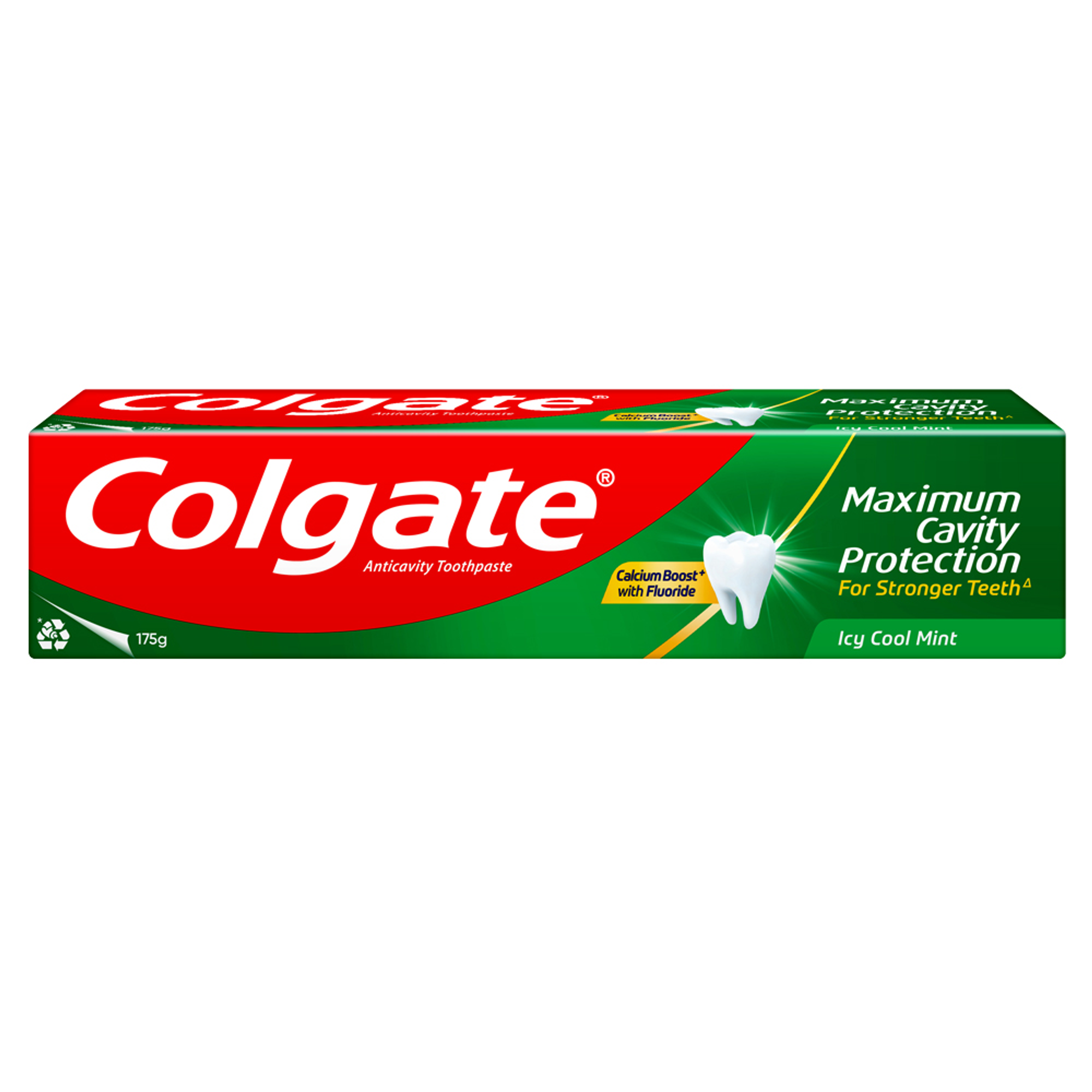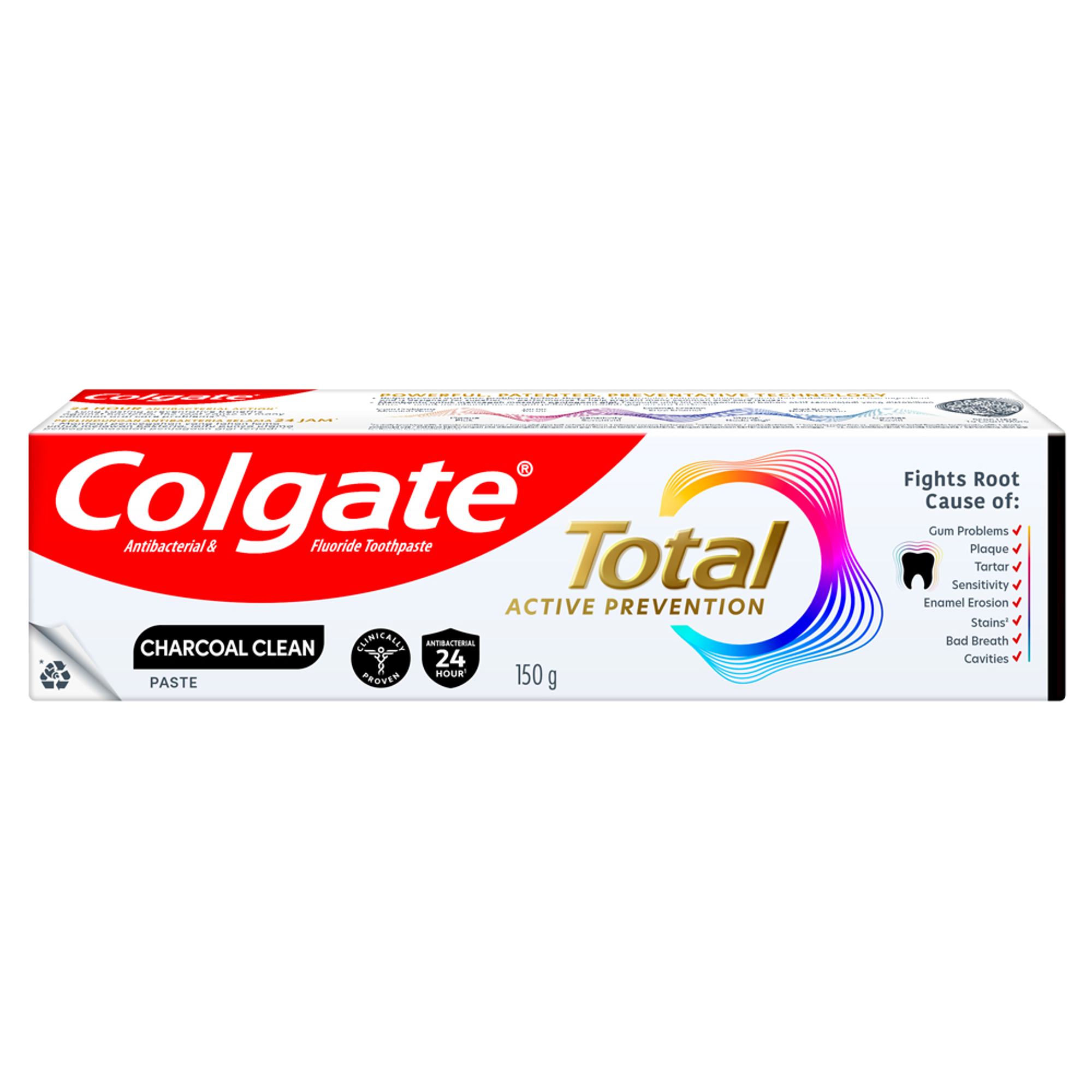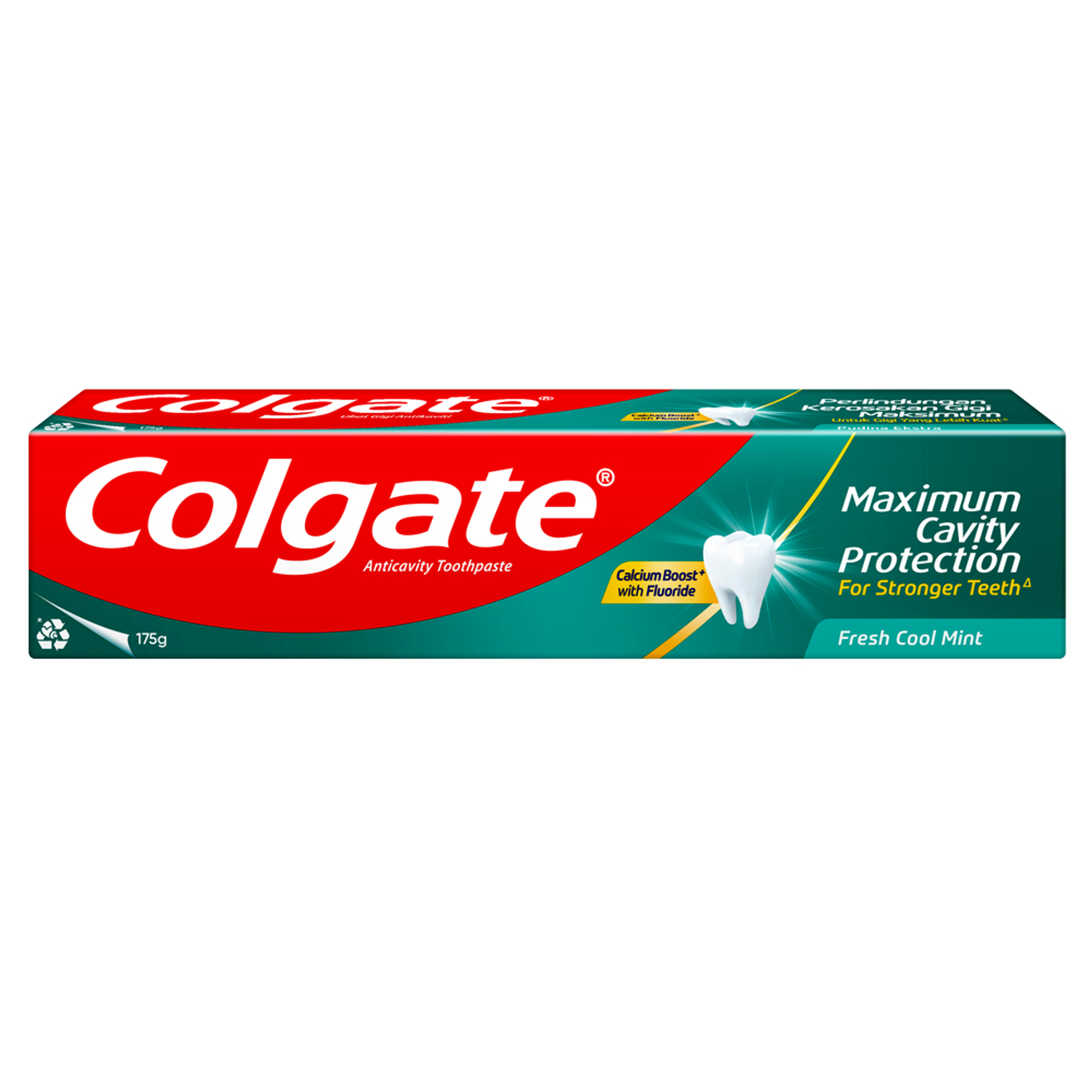- Oral Health and Dental Care | Colgate®
- Oral Health
- Do I Need A Toothbrush Sanitizer?


Whether you're brushing at home or on the road, you want to ensure your toothbrush is germ-free – as you do with all things you put into your mouth. But should you buy a toothbrush sanitiser to disinfect an essential instrument of your oral care? The answer: It depends.
Learn why having a toothbrush sanitiser is dependent on many factors, including the care you take with your toothbrush to keep harmful oral bacteria at bay. We'll also let you know how toothbrush sanitisers work – and provide tips on keeping your toothbrush germ-free without a sanitiser at home and on the go.
The Risks of Harmful Oral Bacteria
First of all, not all oral bacteria are harmful. Like good gut bacteria, some oral bacteria actually benefit you. However, harmful oral bacteria can cause several dental health hazards, including infections leading to:
- Gingivitis
- Periodontal disease
- Oral thrush
- Oral herpes
- Canker sores
- Herpangina
The trick is to keep beneficial oral bacteria happy while preventing harmful bacteria from wreaking havoc in your oral cavity. You have the power to do this in a couple of ways.
How a Toothbrush Sanitiser Works
Let's talk first about the difference between sanitising (or disinfecting) a toothbrush versus sterilizing it. A sanitiser can't actually sterilize a toothbrush, so you can't be sure it's completely bacteria-free.
Even if a sanitiser claims to kill 99.99% of the germs on your toothbrush, millions of germs could remain. Did you know you have 6 billion bacteria – good and bad – in your mouth? Amazing!
Nevertheless, a toothbrush sanitiser can:
- Give you peace of mind, especially if you're living with other people who are or aren't family.
- Raise your awareness of the care and cleaning of your home dental equipment.
Toothbrush sanitisers typically function in one of three ways so you can eliminate harmful bacteria:
- Steam and Dry Heat: Steam and dry heat take turns sanitising the toothbrush, leaving it dry enough to avoid creating a breeding ground for bacteria.
- Ultraviolet Light: The sanitising power of UV light zaps the bacteria.
- UV and Heat: Combining two bacteria-killers, this sanitising method doesn't increase its effectiveness – it can still only kill up to 99.99% of bacteria. But it might double your peace of mind.
You can find battery-operated or rechargeable toothbrush sanitisers of all shapes, sizes, and prices with a simple search. There are wall-mounted, free-standing, and portable varieties. Some hold multiple toothbrushes, and some only one at a time.
Whatever type of toothbrush sanitiser you choose to use, the American Dental Association (ADA) advises only buying ones approved by the U.S. Food and Drug Administration (FDA).
Keeping Your Toothbrush Clean at Home and On the Go
You might be a DIYer. If so, you shouldn't need a toothbrush sanitiser as long as you take these easy steps:
- Wash your hands before brushing (and flossing) to avoid transferring the bacteria on your hands to your toothbrush.
- Rinse the toothbrush thoroughly with water after use. Ensure you remove all toothpaste residue and loose debris where bacteria can shelter.
- Store your toothbrush in an upright position so it can dry quickly – located away from the toilet bowl and sink. This avoids bacteria-laden water or gasses from either location splashing or infiltrating your toothbrush.
- Don't share toothbrushes with anyone, regardless of how well you know (or love) them. Everyone has different oral bacteria, and you don't want to pass on or share each other's bacteria.
- Replace your toothbrush every three to four months to avoid using one with frayed and worn bristles that can trap bacteria and damage your gums.
- Use antimicrobial toothpaste to keep the germs down in your mouth.
Once a week, you can also soak your toothbrush in antimicrobial mouthwash for a few minutes or in a mixture of water, vinegar, and baking soda for 30 minutes.
Commercial toothbrush sanitisers might work for you in keeping harmful oral bacteria from causing mayhem in your mouth. But keeping your brush bacteria-free without a toothbrush sanitiser requires only a few simple steps you can take anywhere. So, it all depends on your lifestyle and how you opt to disinfect your brush. But whatever you choose, you can make your toothbrush a model of sanitary cleanliness.
Related Articles

You're relaxing after a day at work or spending time with your family when you feel a sharp pain in your mouth. If you have a history of dental problems – such as infection in gums, teeth or even cavities – the pain could be related to a dental abscess.There are two types of dental abscess: A periapical, or tooth abscess, affects the root of the tooth. The other type, a periodontal (gum) abscess, affects the gums. The latter usually occurs in severe cases of periodontal disease, when the gums have pulled away from the teeth, causing pockets to form. Both types of abscess consist of small pockets that fill with bacterial pus. With the right treatment, you can recover from either type and regain control of your oral health.

Flossing is important for good oral health. If you have difficulty using string floss, talk to your dentist about alternatives, like a water flosser.

Related Products

Helping dental professionals
More professionals across the world trust Colgate. Find resources, products, and information to give your patients a healthier future










